History develops, art stands still
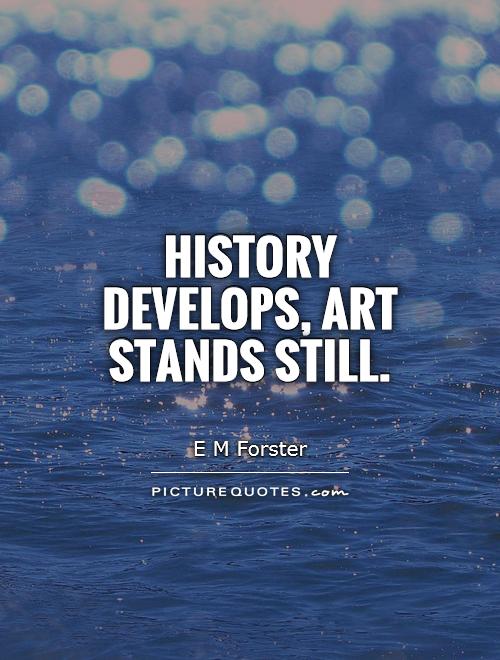
History develops, art stands still
E.M. Forster's statement, "History develops, art stands still," is a thought-provoking observation that raises questions about the relationship between the past and the present, and how they influence the creation and appreciation of art. Forster suggests that while history is constantly evolving and changing, art remains static, frozen in time. This idea challenges us to consider how art reflects and responds to the historical context in which it is created, and how it can both preserve and transcend the past.History is a dynamic force that is shaped by the events, ideas, and actions of the past. It is constantly being reinterpreted and reevaluated as new information comes to light and perspectives shift. Art, on the other hand, is often seen as a timeless expression of human creativity and emotion. It can capture the essence of a particular moment in history, but it also has the power to transcend its historical context and speak to universal truths and experiences.
One way in which history and art intersect is through the concept of cultural heritage. Artifacts, monuments, and artworks from the past are often preserved and displayed as a way of connecting with our shared history and identity. These objects can serve as a tangible link to the past, allowing us to learn from and appreciate the achievements of previous generations. At the same time, art has the ability to challenge and subvert traditional narratives, offering new perspectives on history and encouraging us to question our assumptions and beliefs.
Forster's statement also raises questions about the role of the artist in society. Is the artist simply a product of their time, reflecting the values and concerns of their era? Or do they have the ability to transcend the limitations of history and create something truly timeless and universal? Perhaps the answer lies somewhere in between, with art serving as a bridge between the past and the present, allowing us to engage with history in a new and meaningful way.
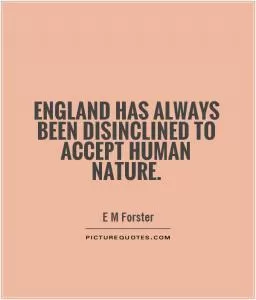
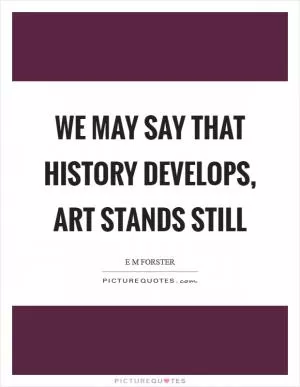
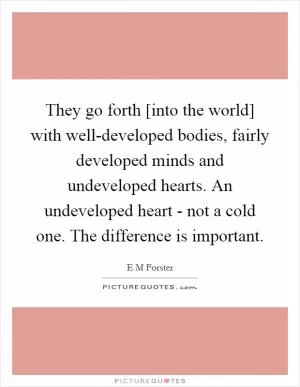

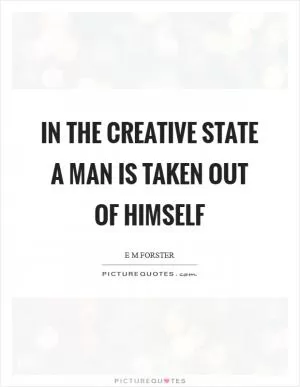
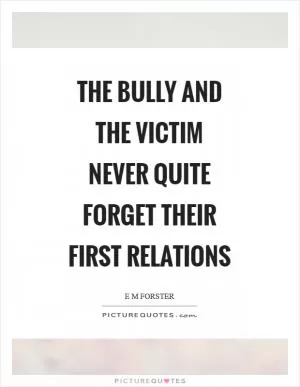
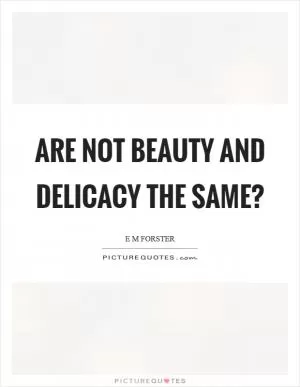
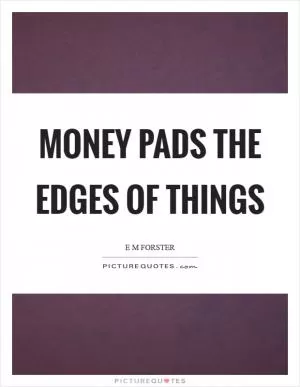


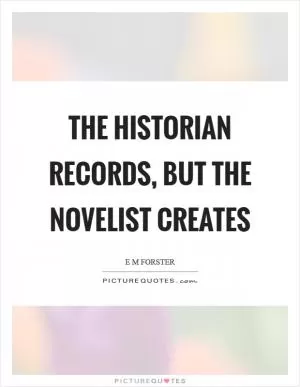

 Friendship Quotes
Friendship Quotes Love Quotes
Love Quotes Life Quotes
Life Quotes Funny Quotes
Funny Quotes Motivational Quotes
Motivational Quotes Inspirational Quotes
Inspirational Quotes